Continuing the 50th session, on the morning of October 14, the National Assembly Standing Committee gave opinions on adjusting the National Master Plan for the 2021-2030 period, with a vision to 2050. Vice Chairman of the National Assembly Vu Hong Thanh chaired the discussion.
Effectively exploiting new space brought about by administrative unit arrangement
According to the Government 's Submission, this adjustment of the National Master Plan has many key contents in line with the arrangement of administrative units, the two-tier local government model and responding to the changing international context. The core goal is to strive to achieve a double-digit growth rate in the period 2026-2030 and the following years.
Regarding the development target until 2030, the Government proposed adjusting the target of average gross domestic product (GDP) to reach more than 8.0%/year in the 2021-2030 period, especially in the 2026-2030 period, striving to reach 10%/year or more. By 2030, GDP per capita at current prices will reach about 8,500 USD. Vision to 2050, GDP per capita is targeted at about 38,000 USD.
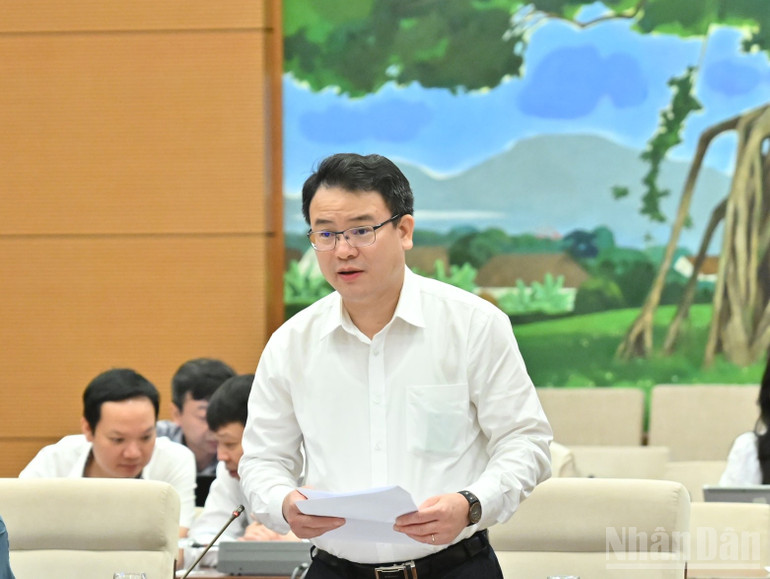
The adjustments focus on organizing development space and effectively exploiting new space created by administrative unit arrangement. The whole country is divided into 6 regions, and the regional growth rate (GRDP) for the period 2026-2030 is adjusted.
Specifically, the Red River Delta leads at about 11%/year; the North Central region at about 10-10.5%/year; the Southeast region at about 10%/year; the South Central Coast and Central Highlands at about 9.5-10.0%/year; the Northern Midlands and Mountains at about 9-10%/year; and the Mekong Delta at about 9.0-9.5%/year.
Notably, the supplementary planning of the North Central Dynamic Region (Thanh Hoa-Nghe An-Ha Tinh) is oriented to become the center of the petrochemical, metallurgical, mechanical engineering, automobile and supporting industries of the whole country, while rapidly developing new industries such as electronics, semiconductors, AI, and digital technology. Meanwhile, the Red River Delta is identified as the leading driving force for development, playing a leading role in the process of economic restructuring and establishing a new growth model for the country.
The plan focuses on prioritizing the development of a number of strategic and key industries such as electronics, digital technology, automobiles, railways, and shipbuilding. At the same time, it prioritizes the development and gradual mastery of technology in emerging industries such as semiconductor chips, robotics and automation, and artificial intelligence. By 2030, Vietnam aims to become the second largest e-commerce market in Southeast Asia.
Regarding technical infrastructure, the Government proposed to accelerate the construction of some sections of the North-South high-speed railway, international railway connections and urban railways in Hanoi and Ho Chi Minh City. In the energy sector, priority will be given to exploiting renewable energy, new energy, clean energy and implementing the Ninh Thuan 1 and 2 nuclear power projects. Regarding information infrastructure, focus on developing satellite data transmission systems, high-speed fiber optic networks covering the whole country, 5G and 6G networks, and investing in the construction of national data centers and regional data centers.
Regarding social infrastructure, the Government's Proposal emphasizes upgrading higher education institutions to become centers for research, innovation, and entrepreneurship, and developing 3 to 5 elite universities of international standards. In healthcare, ensuring that each region has at least one specialized high-tech hospital, and forming a pharmaceutical industrial park. Regarding science and technology, forming and upgrading a network of national and regional innovation centers.
Need to clarify the basis and impact of the new zoning plan
During the preliminary review of the adjustment of the National Master Plan for the 2021-2030 period, with a vision to 2050, the Standing Committee of the Economic and Financial Committee basically agreed to supplement and adjust the plan to suit the new context after the administrative unit rearrangement and to achieve the double-digit growth target.
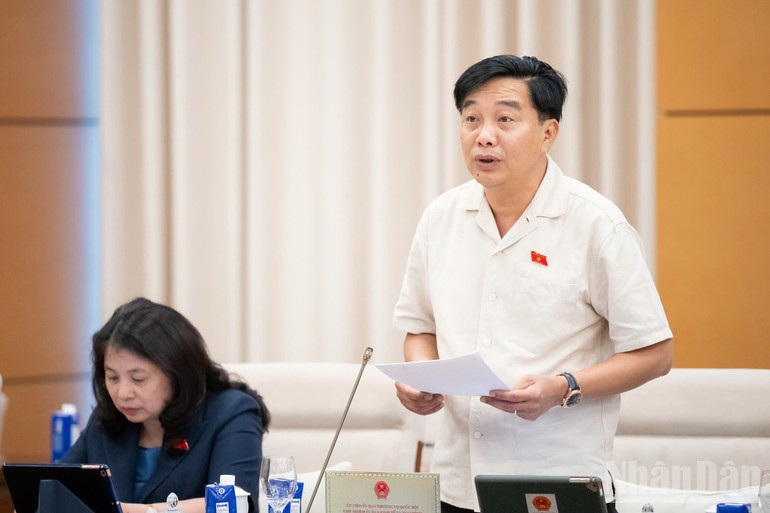
However, the review body emphasized a number of issues that need to be clarified. Regarding the adjustment of socio-economic zoning, although the 6 regions remain the same, the structure and scope have changed significantly due to the merger of provincial administrative units (especially the North Central and South Central Coast regions and the Central Highlands). Therefore, the Economic and Financial Committee requested the Government to clarify the impact of this change on the orientation and internal connectivity of each region, and at the same time assess the impact of separating Vinh Phuc and Bac Giang provinces from traditional regions.
Regarding development orientation, the Economic and Financial Committee proposed calculating a more reasonable growth target to achieve the common double-digit target, considering increasing the target for the Southeast region to about 11%/year, similar to the Red River Delta region, to promote the role of the two largest growth poles in the country, Hanoi and Ho Chi Minh City.
Regarding the development of dynamic regions, the appraisal agency noted the need to assess the comparative advantages between the North Central Dynamic Region and the Central Dynamic Region to avoid overlapping development orientations (such as petrochemical, automobile, and seaport industries). At the same time, it is recommended to clearly identify the growth pole for the North Central Dynamic Region.
In addition, in the face of climate change, the Economic and Financial Committee recommends that the Government study a comprehensive, long-term plan to prevent and combat natural disasters (especially floods and landslides) and apply science and technology, artificial intelligence (AI) in weather forecasting and early warning. Along with that, it is necessary to unify the content of decentralization of authority to decide on the National Marine Spatial Planning and Land Use Planning, and at the same time include important contents in the National Master Plan to ensure the National Assembly's supreme supervision.
Concluding the discussion session, Vice Chairman of the National Assembly Vu Hong Thanh emphasized that the National Assembly Standing Committee highly appreciated the Government's seriousness and diligence in preparing the planning adjustment dossier, following the correct procedures as prescribed in Resolution 66.2 of the Government, especially in the context of implementing the arrangement of administrative units and organizing two-level local governments.
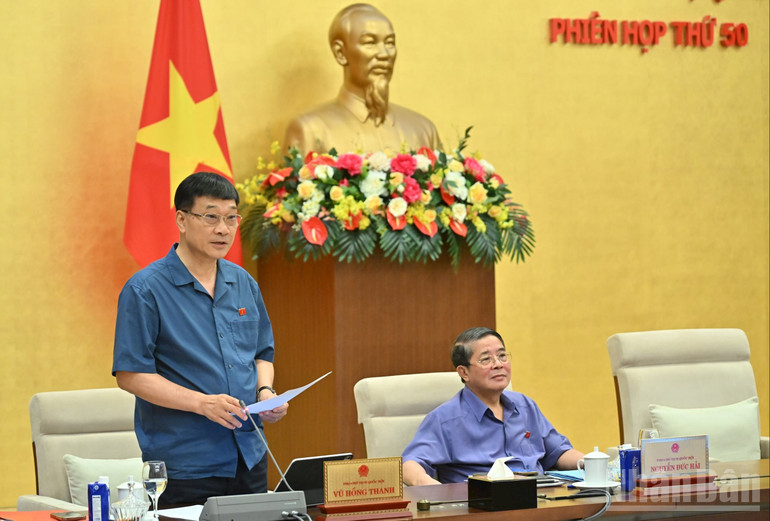
To complete the draft Resolution of the National Assembly, the National Assembly Standing Committee requested the Government to pay attention to a number of key issues. In particular, it emphasized the full institutionalization of the Politburo's viewpoints and guidelines, closely following Regulation 178 on controlling power and preventing corruption, while ensuring consistency and unity with other important draft laws such as the Law on Planning (amended) and the Law on Land.
In particular, the National Assembly Standing Committee requested to review and update the planning content to suit the new context and new name of the administrative unit after the rearrangement. Socio-economic development indicators need to be comprehensive, modern, sustainable, associated with environmental protection, striving to achieve the double-digit growth target in the 2026-2030 period and the following years.
In addition, it is necessary to supplement the principles of planning adjustment in the direction of promoting stability, long-term, scientific and practical basis, avoiding term-based thinking or local, short-term adjustment. At the same time, it is necessary to clarify the basis and impact of the new zoning plan, especially for the North Central region, South Central Coast and Central Highlands.
Source: https://nhandan.vn/dieu-chinh-quy-hoach-tong-the-quoc-gia-uu-tien-phat-trien-mot-so-nganh-cong-nghiep-chien-luoc-mui-nhon-post915227.html








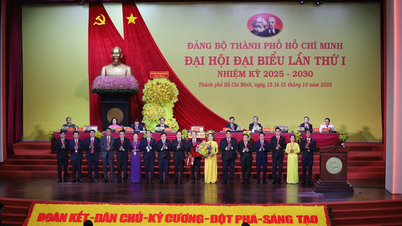

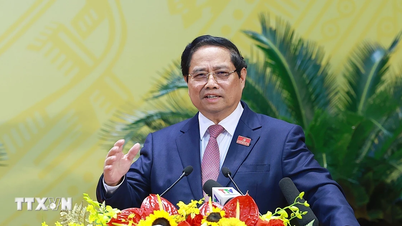

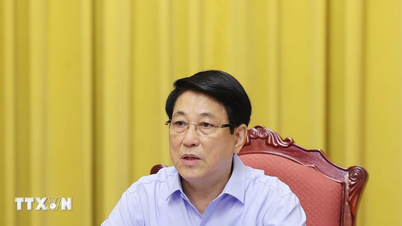







![[Photo] General Secretary To Lam chairs the meeting of the Central Steering Committee on science, technology development, innovation and digital transformation](https://vphoto.vietnam.vn/thumb/402x226/vietnam/resource/IMAGE/2025/10/15/1760500443782_anh-man-hinh-2025-10-15-luc-10-52-47.png)






![[Photo] Ready for the 2025 Fall Fair](https://vphoto.vietnam.vn/thumb/1200x675/vietnam/resource/IMAGE/2025/10/14/1760456672454_ndo_br_chi-9796-jpg.webp)
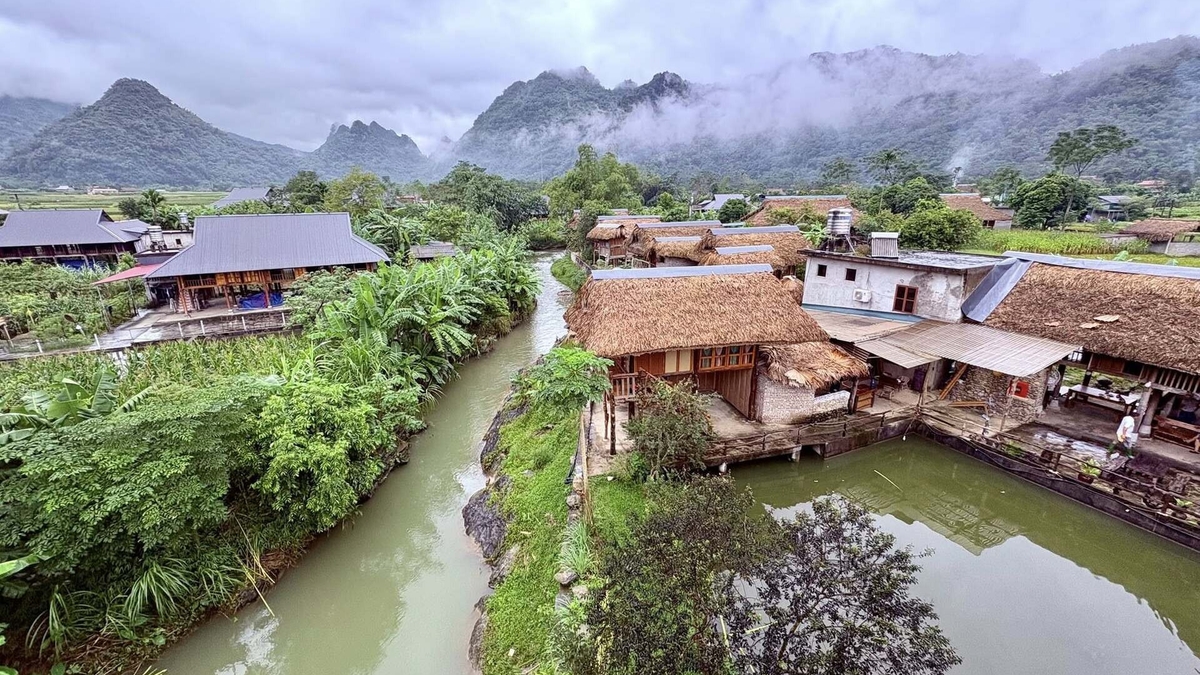



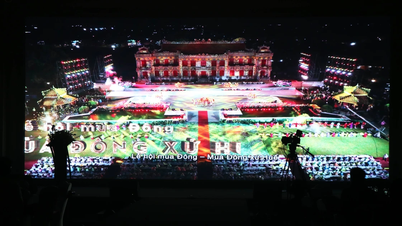















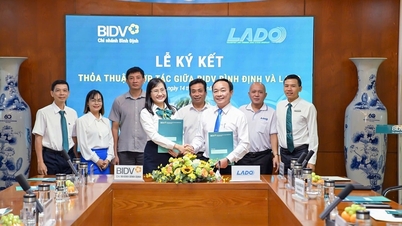




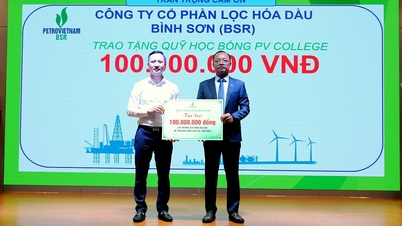

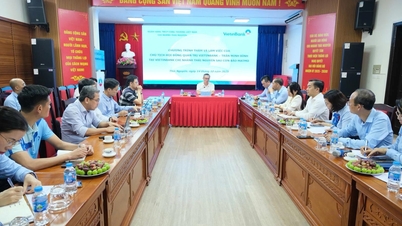

















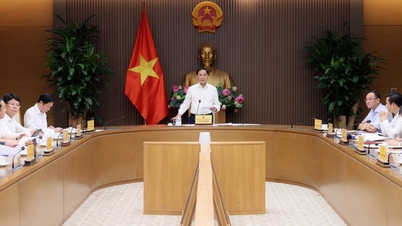


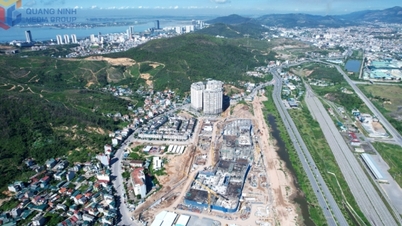

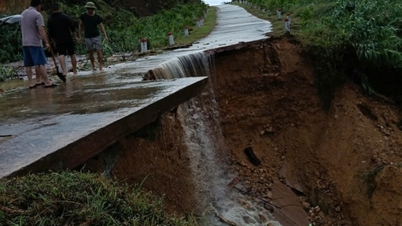




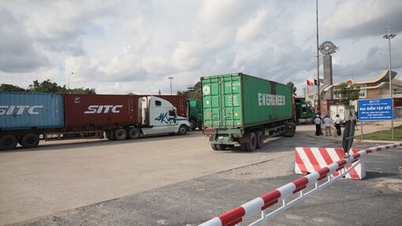



















Comment (0)